يحاول ذهب - حر
VINTAGE RIFLES AND TWIST RATES
July - August 2021
|Rifle
DOWN RANGE

The last four decades of the nineteenth century were a time of great learning in regard to metallic cartridges and their rifles. Prior to that, most rifled barrels were not meant for bullets – as in elongated projectiles. Most civilian rifles were muzzleloaders shooting round balls, or in military usage, muzzleloading rifle-muskets that shot Minié balls. Those firearms were rifled with very slow rifling twists, often as slow as 1:72.
Nowadays, we speak of certain weights of bullets requiring certain rifling twists. An example is a box of Sierra .224-inch, 80-grain HPBTs stating on the label that barrels with 1:7 to 1:8 twists were needed. Actually, our modern method is slightly incorrect, as it is not the weight of the bullets that require certain rifling twists, but their lengths. In fact, in its 1870’s packaging of ammunition for Sharps rifles, the Union Metallic Cartridge Company included bullet length on its labels. For example, a 550-grain .45 bullet was 113⁄32 inches in length. A .44 bullet of 500 grains was 13⁄8 inches long.
After the U.S. Government adopted .50 Gov’t/.50-70 metallic cartridge firing rifles in 1866, the twist rate was tightened to 1:42. Although standard bullets for the .50-70 weighed 450 grains, they were only about an inch in length. It is written in the IDEAL HANDBOOK #28 (1927) and in CARTRIDGES OF THE WORLD 9th EDITION, that there were also .50-70 barrels with 1:24 twist rates. Lyman’s
هذه القصة من طبعة July - August 2021 من Rifle.
اشترك في Magzter GOLD للوصول إلى آلاف القصص المتميزة المنسقة، وأكثر من 9000 مجلة وصحيفة.
هل أنت مشترك بالفعل؟ تسجيل الدخول
المزيد من القصص من Rifle
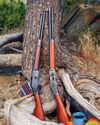
Rifle
CIMARRON .32-20 Short Rifle & Carbine
In the heyday of Winchester Repeating Arms Company lever guns, it offered muskets, standard rifles, short rifles and saddle ring carbines.
8 mins
July - August 2022
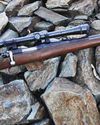
Rifle
Remington's Model 722 and .222 Cartridge
It's easy enough to define what a varmint is, those pesky critters that tear up pastures, flower beds and all kinds of expensive crops people need for various reasons - most importantly, to make a living and/or something with which to feed themselves.
3 mins
Varmint Rifles & Cartridges Spring 2022

Rifle
Coyote Bullets
What is Best for You?
10 mins
Varmint Rifles & Cartridges Spring 2022
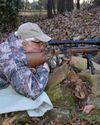
Rifle
Remington's 5mm Rimfire Magnum
Shooting a Classic
8 mins
Varmint Rifles & Cartridges Spring 2022
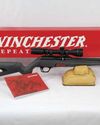
Rifle
Winchester's New Wildcat
The Ultralight Rimfire Varmint Rifle
9 mins
Varmint Rifles & Cartridges Spring 2022
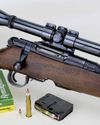
Rifle
.223 Remington from .30-30 Winchester?
Multitasking for Varmints
9 mins
Varmint Rifles & Cartridges Spring 2022

Rifle
LOADS FOR A .22 TCM
The .22 TCM first appeared commercially in 2012, chambered in a Rock Island Armory 1911-style handgun.
9 mins
Varmint Rifles & Cartridges Spring 2022
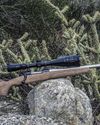
Rifle
Everybody Loves Velocity
The 4,500-fps WSSM Project
8 mins
Varmint Rifles & Cartridges Spring 2022
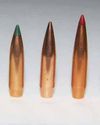
Rifle
A BOLT-ACTION FRANCHI 224 VALKYRIE
Testing New Loads
9 mins
Varmint Rifles & Cartridges Spring 2022
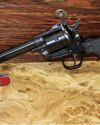
Rifle
.22 Winchester Magnum Rimfire
Shooting Revolvers
8 mins
Varmint Rifles & Cartridges Spring 2022
Translate
Change font size

